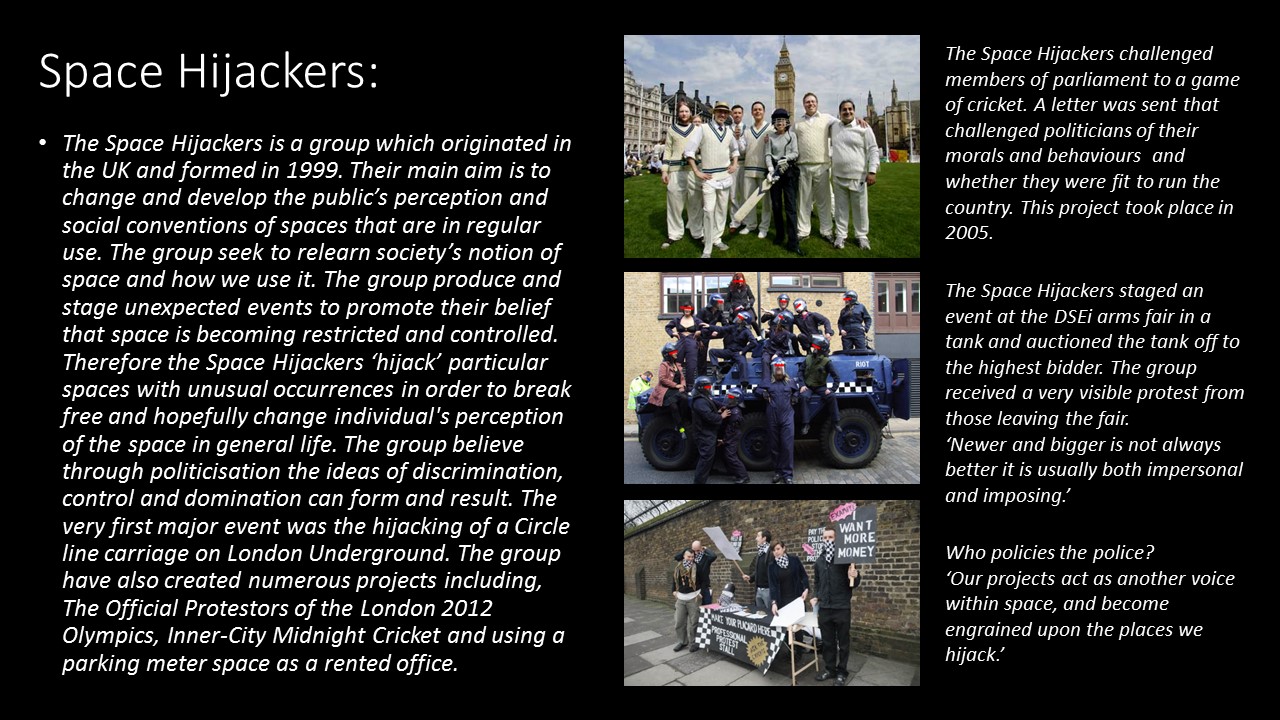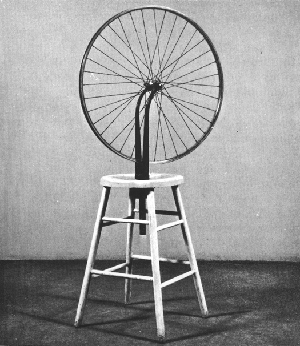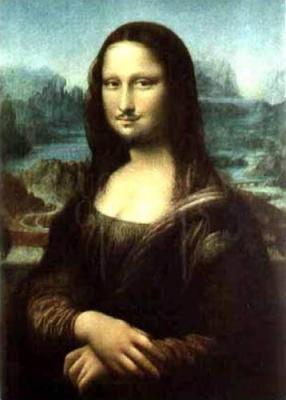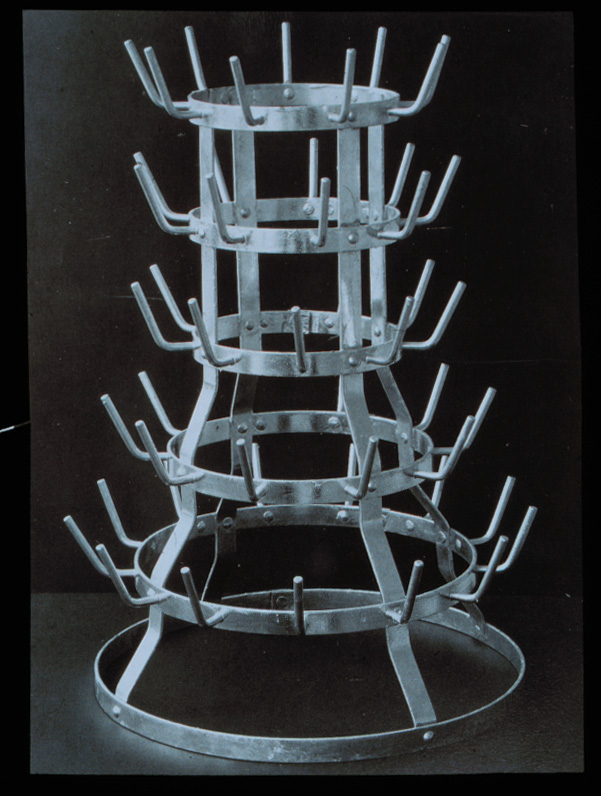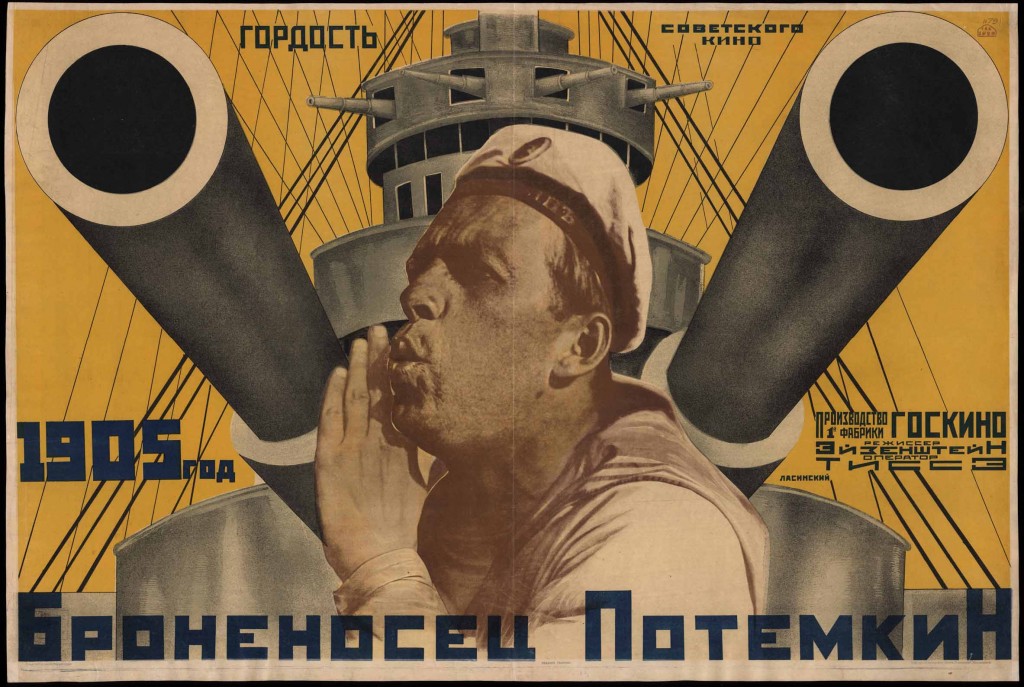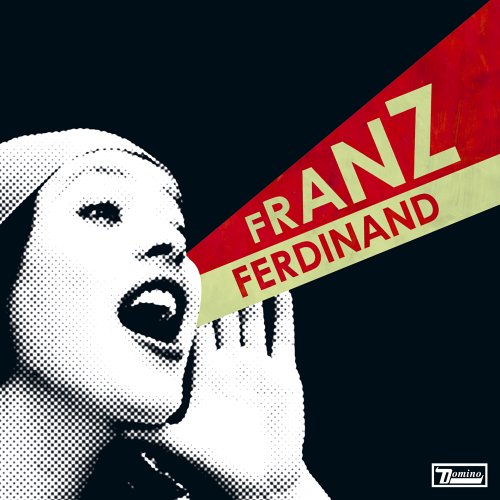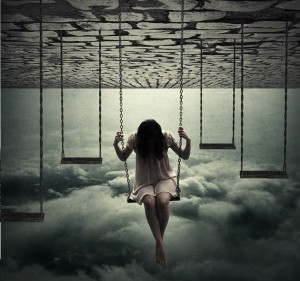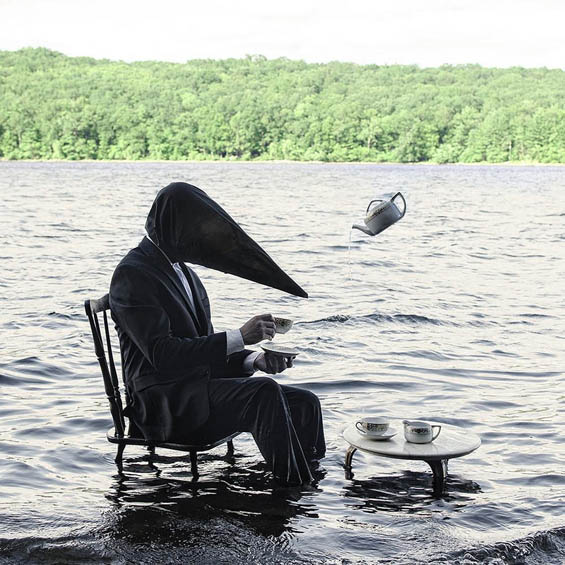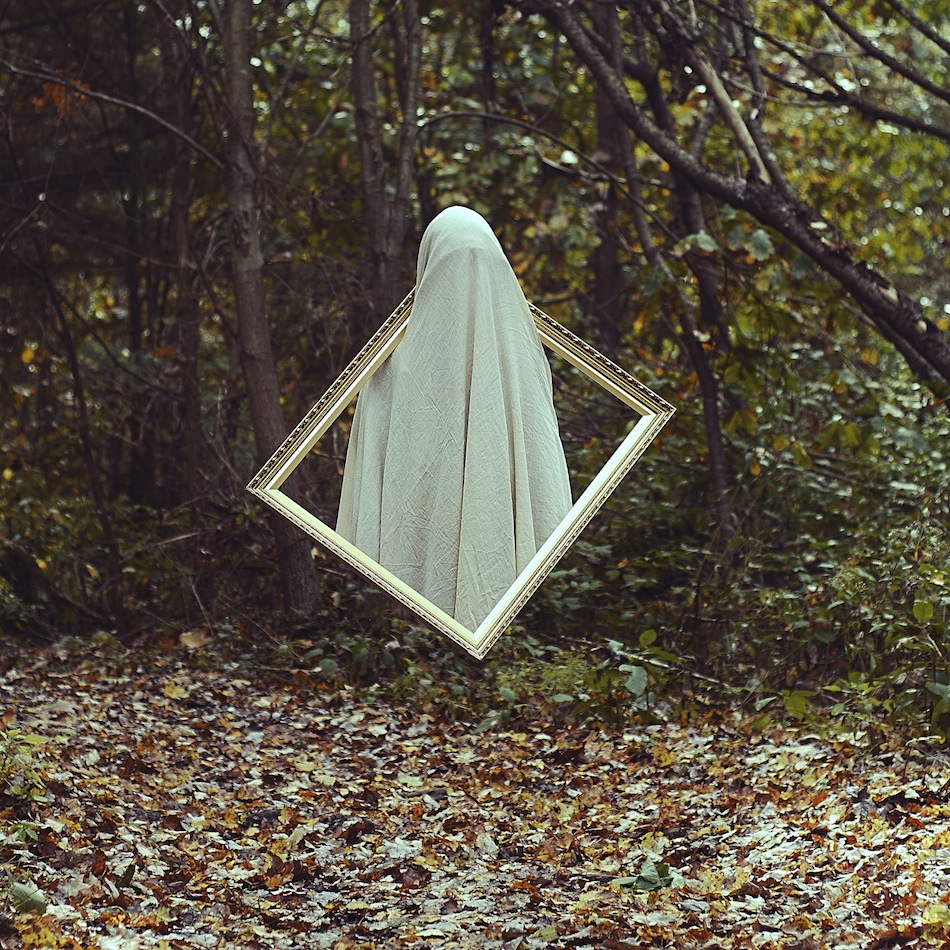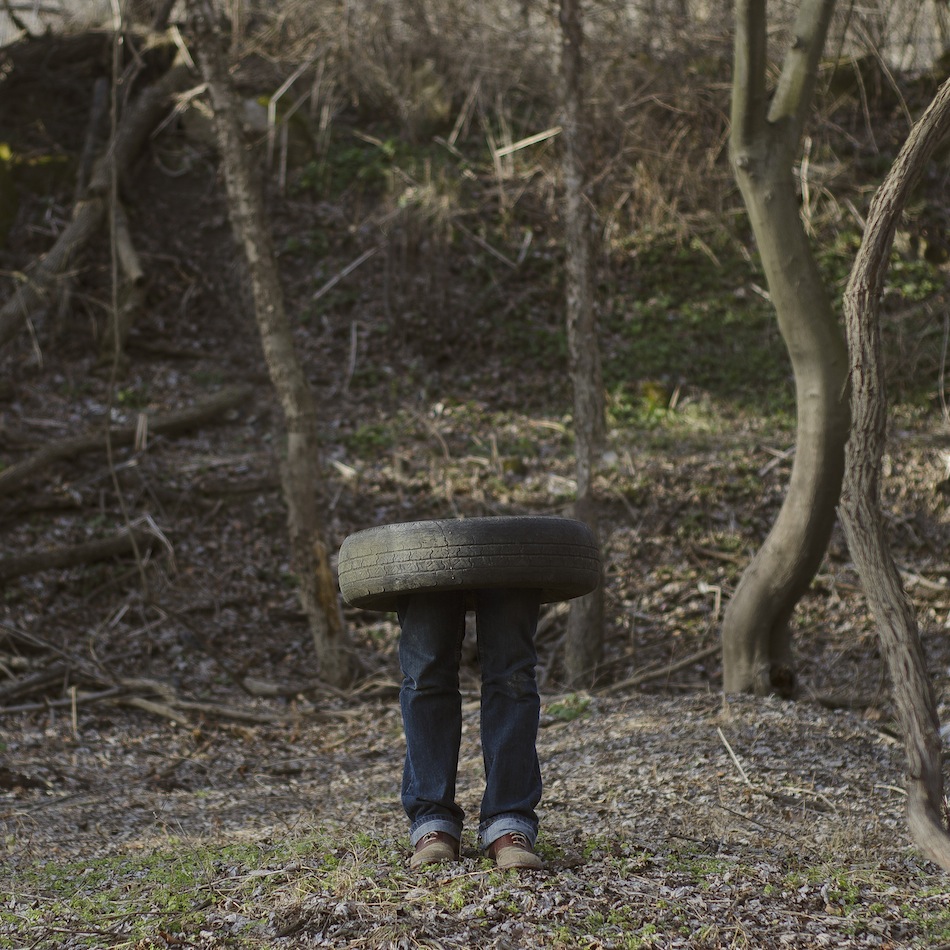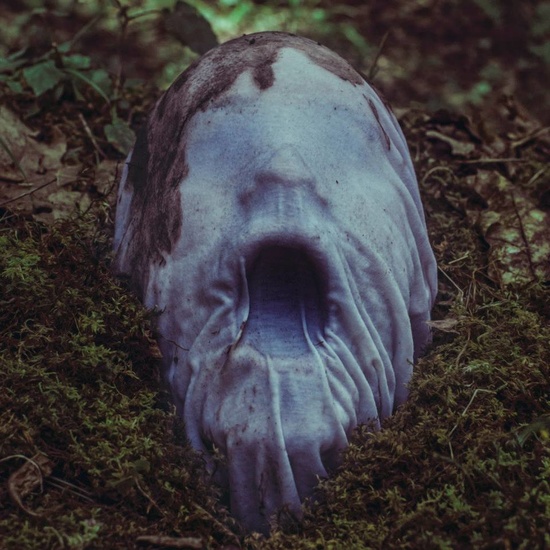Daily Archives: July 6, 2015
Filters
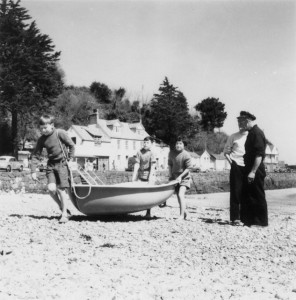
Tom Pope; Call for participants
Read Tom Pope’s new blogspot about his planned epic film:
Pushing the Boat Out
The film will see Tom, with the help of the Jersey community, push a 13.7ft boat across the island and out to the Atlantic ocean.
Here is what Tom has to say:
‘On July the 16th, starting from Gorey harbour i will set off with the boat heading West to St Ouen’s Bay. The underlying principle of the film is centred on how it’s an impossible task for me to complete alone. As a photographer and performer it will not be viable to record the process of pushing the boat across Jersey while actually doing it. I will require assistance from the public if i want to succeed in moving the boat and recording the performance. The resulting video footage will be used to create a 20-25minute film.’
Read and find out more here;
http://www.archisle.org.je/category/tom-pope-blog/

Photo by: Albert Smith 1924-34. Societe Jersiaise
Tom Pope Workshop Outcomes:
Above are some photographs of my surroundings on the day of the first Tom Pope workshop. Our task was to get into groups, and each member would have to write down a task that everyone must perform for a minute.
The images above are the outcomes of a very intriguing experimentation with Tom. We had to throw the oranges in the air to another partner, and take a still-image whilst they were coming towards us. I left it in color when editing because i wanted the orange color to stand out. I had to use a very zoomed out camera lens, so that i could capture the fast moving object. This relates to Tom Pope’s work because he’s always trying to find new ways and perspectives to capture images. This also relates rather well to the theme of
For this outcome, we were told to stand on one leg whilst taking pictures. I really like how the lighting coming from the direct sunlight creates a shadows and contrasts the people’s bodies.
I edited this picture to add a violet tone. This picture was taken whilst performing. We each had to come up with an activity to do for a while, from each member in our group. We were told to hold our camera upside upside down for this one, which gave me these outcome. they turned out to be perfectly aligned, and i didn’t have to rotate them to make the horizon straight. The purple tone and orange highlights make this image look very mysterious and unrealistic, which i like.
Here Tom Pope was demonstrating a third activity to us. The aim was to try and take as many selfies as possibles, but on the other persons camera.
Above, is another one of my outcomes from this day. The camera was being held upside down and at an angle. I spontaneously took this, whilst moving around. I also managed to capture someone else during their performance in background.
Neo-Dada: The new Dada
Neo-Dada is a visual art movement that has similar methods to earlier Dada artwork. It has revived some forms/objects of Dada and has put more emphasis on the importance of the work of art produced rather than focusing on the concept creating the work. Dadaism was rediscovered by a group of art students. It is seen as the foundation of pop art. Neo-Dada uses modern materials, popular imagery and absurdest contrast.
Neo-Dadaism was made popular by the American art critic Barbara Rose in the 1960s.
A man called Marcel Duchamp was part of the Dada movement in 1913 and came up with an idea entitled ‘Readymade’. This came from the concept where you can take any object, remove it from its normal context and put it in a new on. You can change your point of view on it completely. For example you can take any old chair, put it behind some glass in an art exhibition and people will look at it as if it is art and something really amazing.
A lot of people were offended by Duchamp because they thought that he wasn’t taking art seriously and was trying to make a mockery out of it when in fact he was just part of the Dada movement, in which it isn’t supposed to make sense anyway.
I don’t really like this movement as I think it is just completely random and, to me, it doesn’t really hold any meaning. The one thing I would take from this is that some people go crazy over art work that a famous painter has created but it isn’t always the most amazing pieces. I think that often people get carried away and stop thinking for themselves and just go along with what art critics or the rest of the world is saying. This is where I think spectators become passive and just go along with it for the sake of it and are led to believe something is great when in reality it really isn’t that spectacular.
Russian Constructivism: The Social Art
This movement came around in 1913-1930. This is where layering photographs comes along. This act was often used in Communist society back in Russia after the Russian Revolution of 1917, when the Bolshevik party won lead by Lenin. This movement was created in favour of art as a practice for social purposes.
A famous Russian film maker called Dziga Vertov. He was a Soviet pioneer documentary film director and cinema theorist. His ideas influenced the style of documentary movie making, he was a radical filmmaker active in the 1960s. He created a film called The Man with a Movie Camera because he became so interested in the idea of filming and what it could bring to the world. In this film he carries around his heavy camera and films various different things, when put together the film almost looks random and out of place but it is embracing the film world.
Russian avant-garde
This was a large and highly influential wave of modern art that flourished in the Russian Empire and Soviet Union. Here many images were put together, much like photo montage, in a new and unique way. Some of which was used as propaganda for the benefits of leaders like Lenin and Stalin. 
I find this movement very interesting as the photo montage’s are quite unique and use many geometric shapes to make up the image. There also always seems to be a smiling person, looking up at the leader or trying to persuade its spectators to follow what the posters want.
Surrealism: A New Form of Reality
Surrealism is a different form of reality and is heavily influenced by dreams. This is the world that we create in our heads, often when sleeping things that we have no control over and often don’t make any sense but by the end of it we still gain something, whether that being we gain a moral or more of an understanding of something but sometimes we take nothing from them. Surrealism is the unconscious mind and a different world almost. This movement was created in Paris 1924.
I like the idea of surrealism because I am able to explore my dreams and express them in a creative format as well as creating something so out of the ordinary that not a lot of people would often think about. Everyone’s dreams are unique to them, we will never ever have the exact same dream as another person. I like the idea of being able to express this and show people what my dreams are like or even some crazy ideas of what a dream might look like. I think I am going to explore this as one of my ideas as it does really interest me and I love to find out about dreams that people have had as well as sharing my own.
There are many surrealist photographer including Man Ray, Maurice Tabard, Hans Bellmer, Dora Maar, Eric Johansson, Christopher McKenney and Stephen Criscolo etc. One of these photographers that I particularly like is Christopher McKenney as I find a lot of his work very interesting and the way it has been shot and edited looks very professional. 
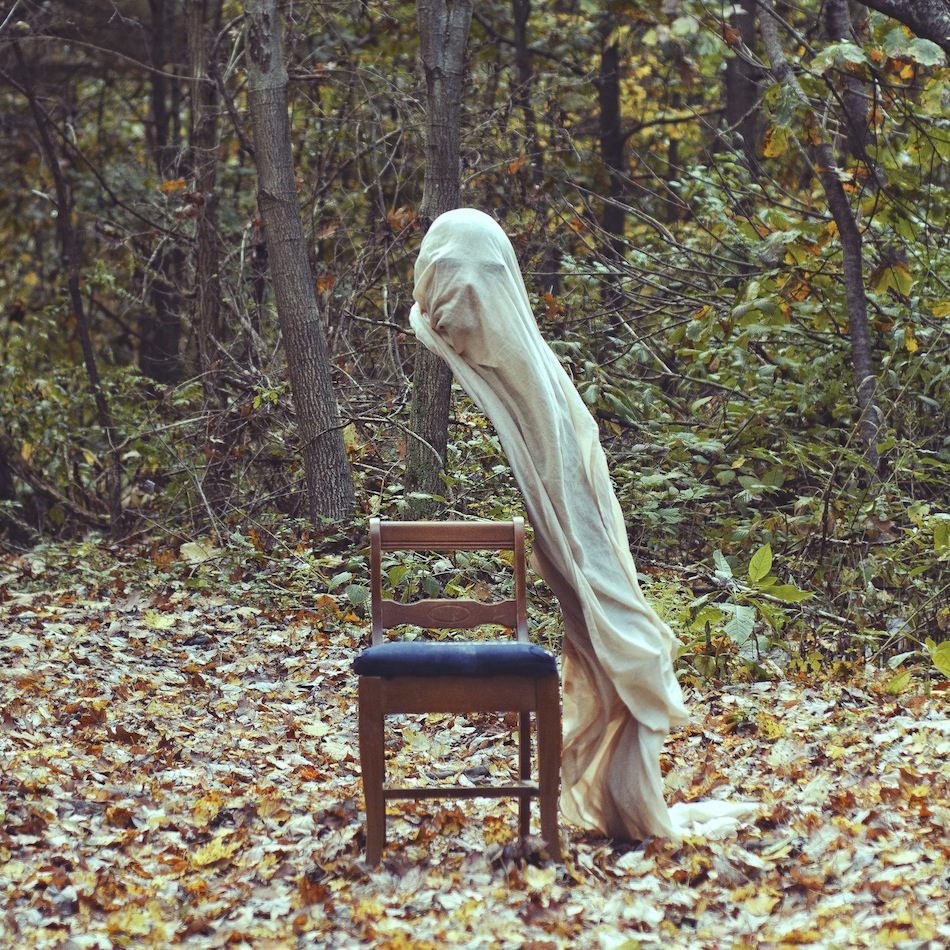 I really like these two images because of the way you can see parts of the person’s body behind the sheet but you never see their full body or who they are. It is almost as it that person isn’t really there, just like in some dreams when one minute your stood next to a specific person and a second later they have disappeared. This to me is very dream-like and I really enjoy looking at this. I think it would have been tricky to edit this image as they would have had to take a photograph firstly of the background of the image and then got the subject to sit on the chair so he took take the second image and in editing use the eraser tool to get rid of the rest of the body which the photographer didn’t want to see in his image.
I really like these two images because of the way you can see parts of the person’s body behind the sheet but you never see their full body or who they are. It is almost as it that person isn’t really there, just like in some dreams when one minute your stood next to a specific person and a second later they have disappeared. This to me is very dream-like and I really enjoy looking at this. I think it would have been tricky to edit this image as they would have had to take a photograph firstly of the background of the image and then got the subject to sit on the chair so he took take the second image and in editing use the eraser tool to get rid of the rest of the body which the photographer didn’t want to see in his image.
http://www.christophermckenney.com/100surrealisticphotosivemade
On Mckenney’s website he has a set of 100 surrealism photographs which I find very interesting to scroll through. He tents to go for the same pattern with someone not completely being in the frame, a part of them is always rubbed out as if in a dream world. I really like this work and find that you can be very creative with this style and are able to explore new things.
There is also a hugely iconic surrealist photographer, John Baldessari, born in 1931 and is still alive today. In the 70s Baldessari decided to BURN all of his work and stated ‘I will not make anymore boring art’. After which he created a new form of the digital photography world and put dots in front of all the people’s faces that he photographed. This, to me, is a way of making the person unidentifiable so that no one knows who he is photographing and why he has photographed them in that specific way. I like this as it is interesting and I find that sometimes in dreams you can never really make out what a certain person looks like or who they are and this is a great way of visualizing that and bringing your dreams to life.

